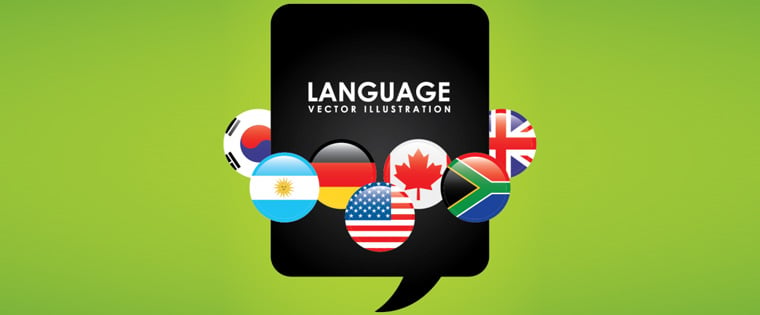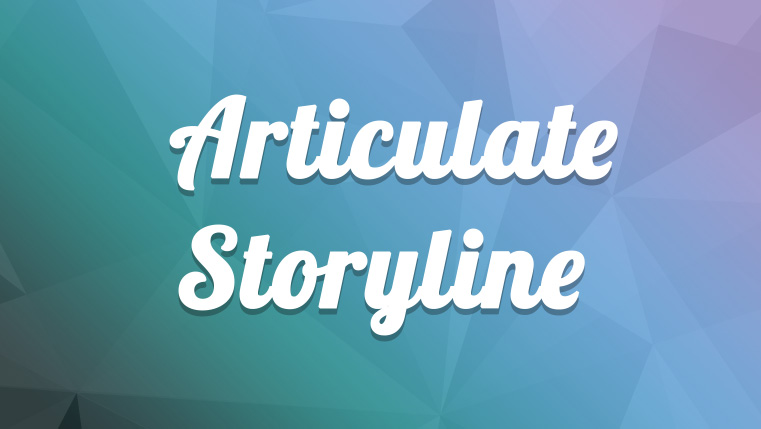6 Best Practices of E-learning Multimedia Translation

It is well-known that multimedia elements are used widely in the development of an e-learning course. Proper use of various media goes a long way in enhancing the effectiveness of an online course. Today, we will look at six best practices of translating the multimedia components of a web-based course quickly, without burning a hole in your pocket.
→ Download eBook- Making a Business Case for eLearning [eBook]
Best Practice 1: Gather all media files in one place
This is inarguably the most important (and unfortunately, the most neglected) aspect of e-learning multimedia translations. In many cases, translations of online courses are delayed due to missing media files. E-learning developers need to re-create the files, and this takes time and money. So, it’s advisable to gather the source files of all media components of your web-based course at a single location, to facilitate its seamless translation.
Best Practice 2: Use XML to extract text and re-integrate it after translation
It is a good idea to publish the English version of your course in the XML format and hand it over to the translator. Text elements can be extracted from an XML file and re-integrated after they are rendered into the desired language(s), with minimum effort. In fact, many rapid authoring tools such as Articulate Storyline and Adobe Captivate provide the facility of exporting courses as XML files to facilitate easy translations.
Best Practices 3: Do not animate individual letters of words
Many e-learning developers animate individual letters of words to present text in an interesting manner. However, this could result in serious problems when the content needs to be translated. This is because textual animations will need to be re-created separately for each target language, and the development of these multimedia elements can result in delays and cost overruns.
Best Practice 4: Go for Scalable Vector Graphics (SVGs)
One of the major challenges faced during the translation of e-learning courses is accommodating expanded text. The text in some languages such as German is longer than its English source, and this results in the reduction of space available for other multimedia elements such as images. This problem can be resolved to a large extent by using SVGs, as they can be scaled down, based on the length of the translated text.
Best Practice 5: Finalize the translated audio script before recording
Ensure the audio script of your translated e-learning course is approved by its stakeholder(s) before recording. This is important because modifications to recorded audio can have an adverse impact on online course translation timelines and budget.
Best Practice 6: Exercise care while hard-coding text
Remember that the translation of hard-coded text elements is time consuming and can cause considerable delays and cost escalations. So, thoroughly analyze the code of your e-learning course to ensure no problems arise with these multimedia components.
Proper translation of multimedia elements plays a key role in rendering your e-learning course effectively in the desired language(s). By following the best practices mentioned above, you can translate the media components of the course rapidly, in a cost-effective manner. Hope you liked the post.



![4 Challenges of End-To-End E-learning Development [Infographic]](https://blog.commlabindia.com/hubfs/Imported_Blog_Media/end-to-end-elearning-development-challenges-infographic1.jpg)
![4 Benefits of Using Simulations in Online Learning[Infographic]](https://blog.commlabindia.com/hubfs/Imported_Blog_Media/4-Benefits-of-Using-Simulations-in-Online-LearningInfographic.jpg)
